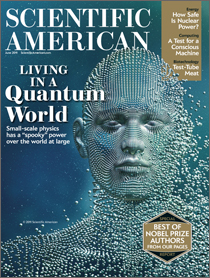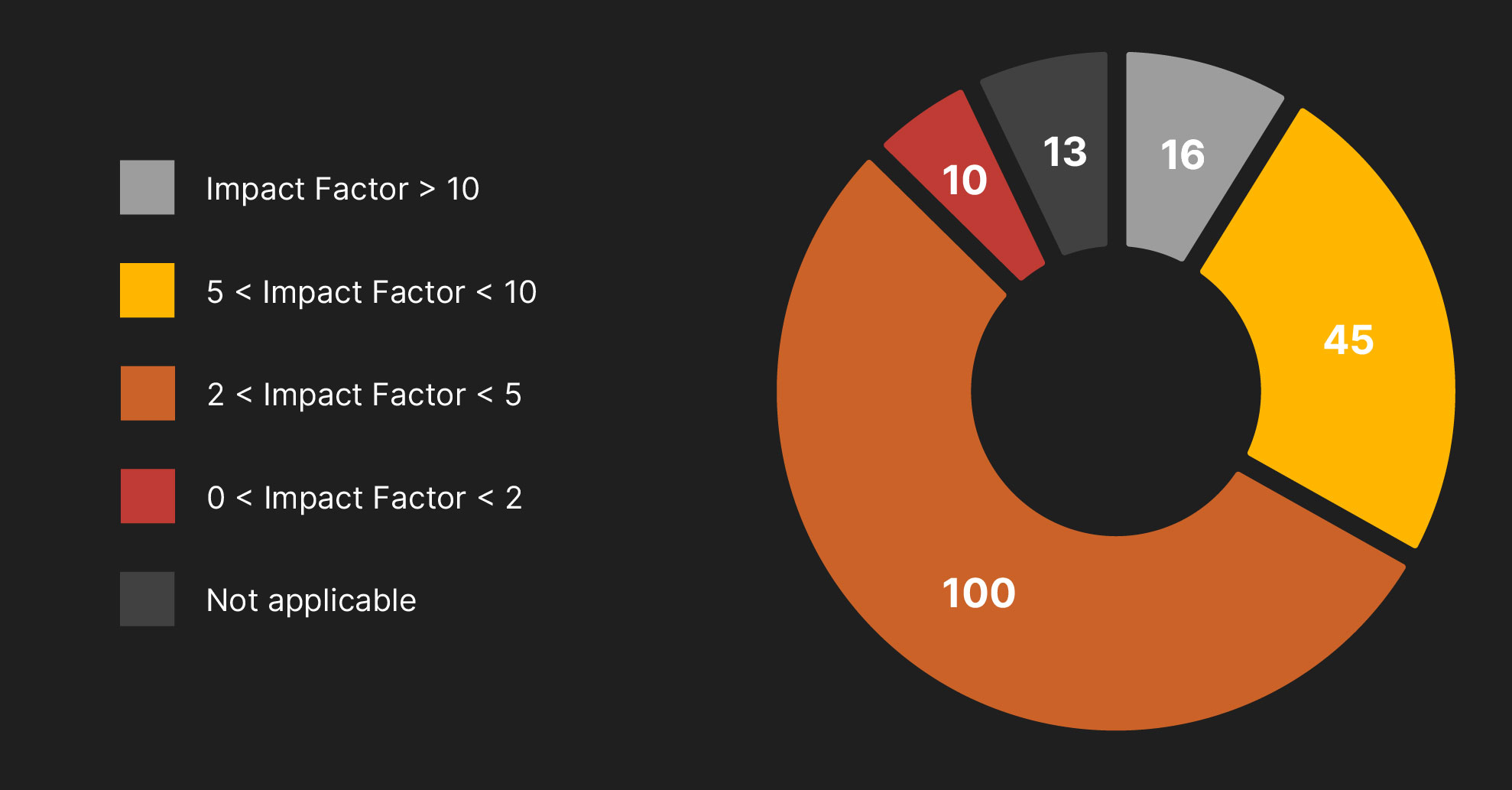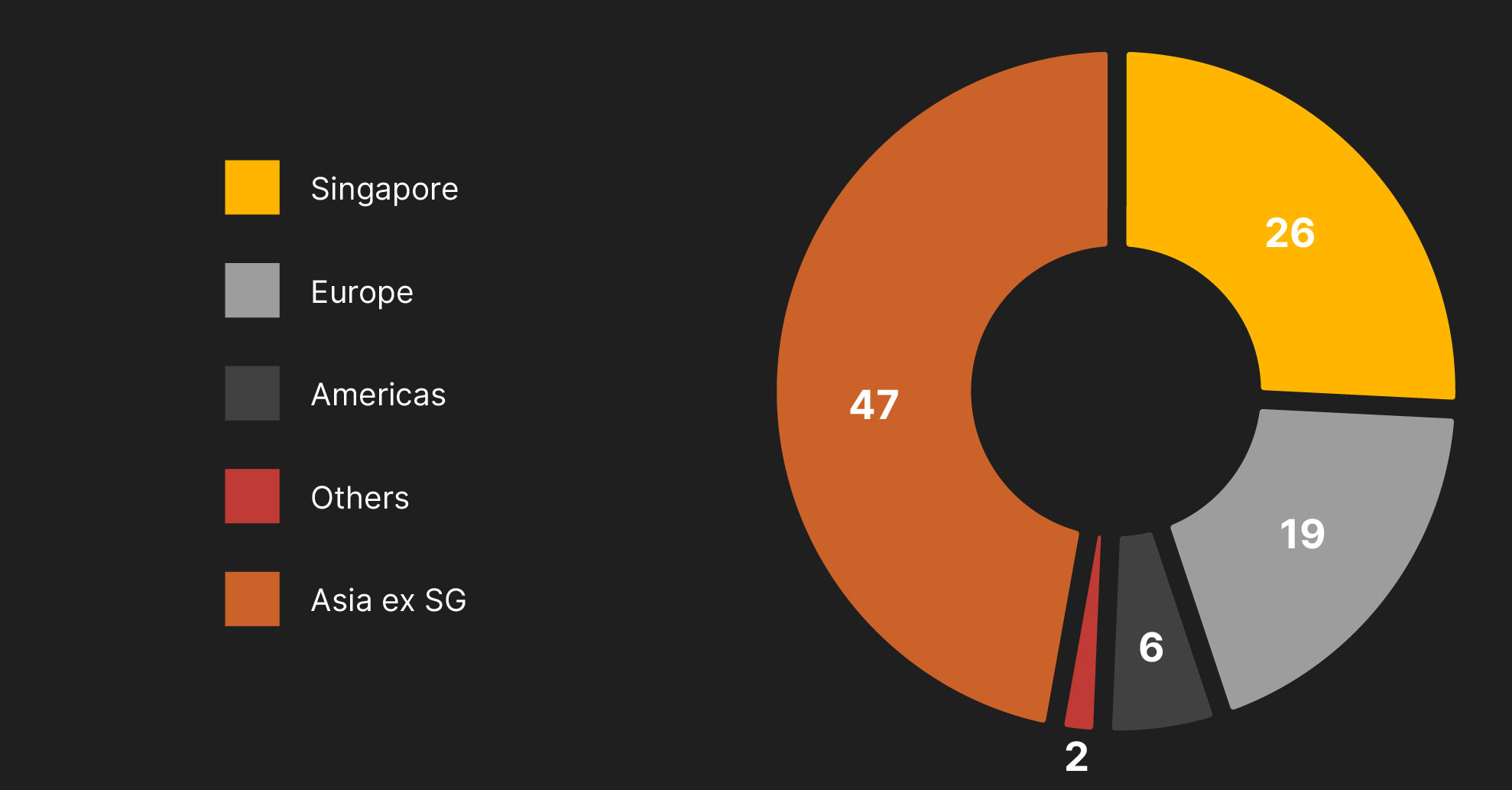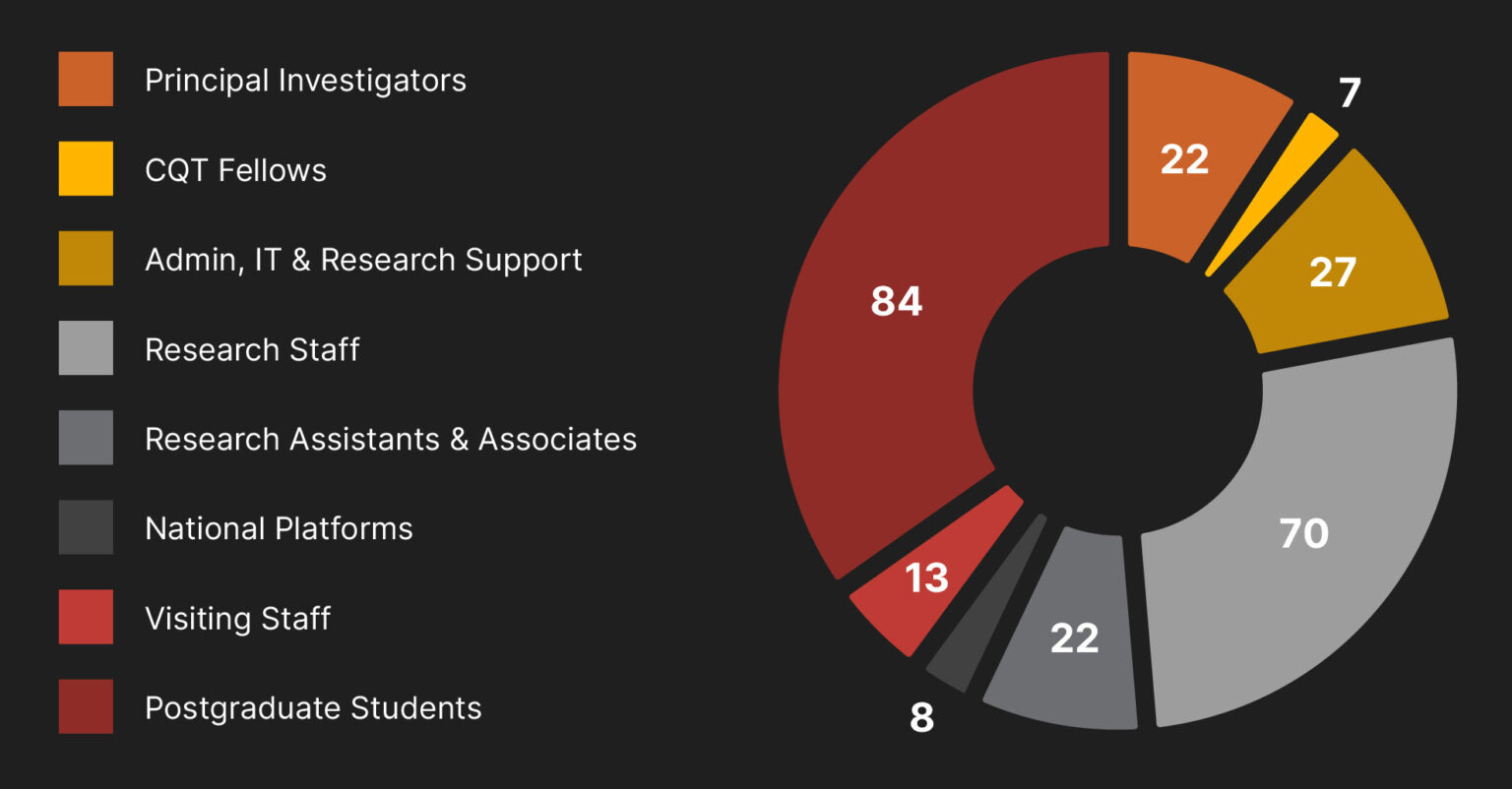Scientific American readers told they are living in a quantum world
The magazine’s June cover story is by CQT’s Vlatko Vedral.

Popular accounts of quantum physics often present it as the science of the small. That's a myth, explains Vlatko Vedral in a feature article for Scientific American: the world is quantum at all scales.
The article "Living in a quantum world" is the cover story for the respected science magazine's June 2011 issue. In the article, Vlatko presents the modern point of view that "the world looks classical because the complex interactions that an object has with its surroundings conspire to conceal quantum effects from our view". He makes the case that quantum behaviour persists at macroscopic scales with examples ranging from experimental evidence for quantum entanglement among the 1020 atoms of a grain of salt, to the persuasion of a mechanical springboard 40 microns long to vibrate at two frequencies at once (a quantum superposition).
"I felt the time was right to tell this exciting story about the recent progress in quantum experiments. We are now approaching the level of sophistication where issues such as that of Schrödinger's cat need no longer be just thought experiments," says Vlatko.
It's not only in the lab that we may observe macroscopic quantum effects. Vlatko introduces the idea that biological systems harness quantum behaviour, touching on calculations that he and his colleagues have done on the possible role of entanglement in birds' magnetic sense. All the evidence points towards quantum physics applying in the macro world, says Vlatko, "despite its sometimes bizarre consequences for our worldview".
Vlatko is a Principal Investigator at CQT as well as being, as the article describes him, in an entangled state of professorship at the University of Oxford and at the National University of Singapore. In writing for Scientific American, Vlatko is in illustrious company. The editorial that introduces his feature also notes that more than 140 Nobel laureates have written for the magazine.
Links
Browser not supported
Modern websites need modern browsers
To enjoy the full experience, please upgrade your browser
Try this browser

